Raoul Dufy
1877-1953 | French
The Visit Of The English Squadron To Le Havre
Signed “Raoul Dufy” (Lower Center)
Watercolor And Gouache On Paper
Growing Up Along The Coastline Of The English Channel In Le Havre Imbued Celebrated Painter Raoul Dufy With A Love Of The Sea, Which Became A Primary Motif Throughout His Career. The Visit Of The English Squadron To Le Havre Expresses His Affinity For The Water While Commemorating A Historic Event That Occurred In His Hometown. Executed In Watercolor With Gouache, This Vibrant Work Anticipates The Work Of The Great Marc Chagall, Who Similarly Produced Highly Personal Works With Recurring Motifs Just A Few Decades Later.
In July 1759, The British Royal Navy Under Rear-Admiral George Rodney Led A Two-Day Naval Campaign Of Le Havre During The Seven Years’ War, And It Is This Event That Dufy Depicts In This Painting. French And English Battleships Mingle In The Foreground, Identifiable By Flags On The Masts, While Schooners And Other Full-Rigged Ships Are Visible In The Distance. The Foreground, Combined With The Lively Color Palette And Dufy’S Wide, Bold Brushstrokes, Imbues The Scene With An Almost Festive Appearance, More Like A Regatta And Less Like A Battle.
Indeed, Its Extraordinary Palette Is The Most Engaging Aspect Of The Work. While The Coastline Of The English Channel In Le Havre Was Largely Gray And Lacking Color, A Trip To Southern France As A Young Man Introduced Dufy To The Deep Cobalt Blue Of The Mediterranean Sea. It Is That Color Palette That He Boldly Reproduces Here, Rendering The Sea And Sky Into Distinctly Bold Fields That Explore The Nuances Of The Tone. The Distant Sea, Rendered In A Rich Aqua Blue, Helps To Define The Spatial Planes Of The Scene, Broken Up With Bold Strokes Of Red And Yellow. His Vividness Of Palette Reveals Dufy As A Consummate Fauvist, With A Particular Indebtedness To Henri Matisse, One Of The Leaders Of The “Wild Beasts.” The Resulting Work Is Colorful And Full Of Vigor, Displaying The Bright Fluidity For Which Dufy Is So Loved.
Born In La Havre, Normandy, Both Dufy And His Brother Jean Showed A Talent For Drawing At An Early Age. He Would Eventually Enroll In The École D’Art In La Havre, And Later, The École Nationale Supérieure Des Beaux-Arts In Paris. After Viewing Matisse’S Luxe, Calme Et Volupte In 1904, Dufy Adopted The Bright Color And Flat Compositions Of The Fauvists. By 1909, The Artist Sought More Austerity In His Painting, And He Became Drawn To The Works Of Cézanne And The Cubists. From This Point Forward, Dufy’S Compositions Presented A Blend Of The Ideals Upheld By These Two Artistic Groups. His Use Of Bold Lines And Colors, Dynamic Brushstrokes And Other Painterly Qualities Found In His Paintings Are A Testament To His Unique Expressionist Ideals.
Circa 1925
Paper: 15 5/8″ High X 24 3/4″ Wide
Frame: 22 3/4″ High X 31 1/4″ Wide
Literature:
Paul Guth, Connaissance Des Arts, N°16-1953 Reproduced P 53
Fanny Guillon-Laffaille, Raoul Dufy, Catalogue Raisonné Des Aquarelles, Gouaches Et Pastels, Vol Ii, Paris 1982, N°1104, Reproduced P 19
Provanance:
Galerie E.Bignou, Paris
Arthur Tooth And Sons, Londres
Harold Decker, Norfolk
Private Collection, Uk
M.S. Rau, New Orleans
Sale!
Fine Art M.S. Rau | The Visit Of The English Squadron To Le Havre By Raoul Dufy
$94.00

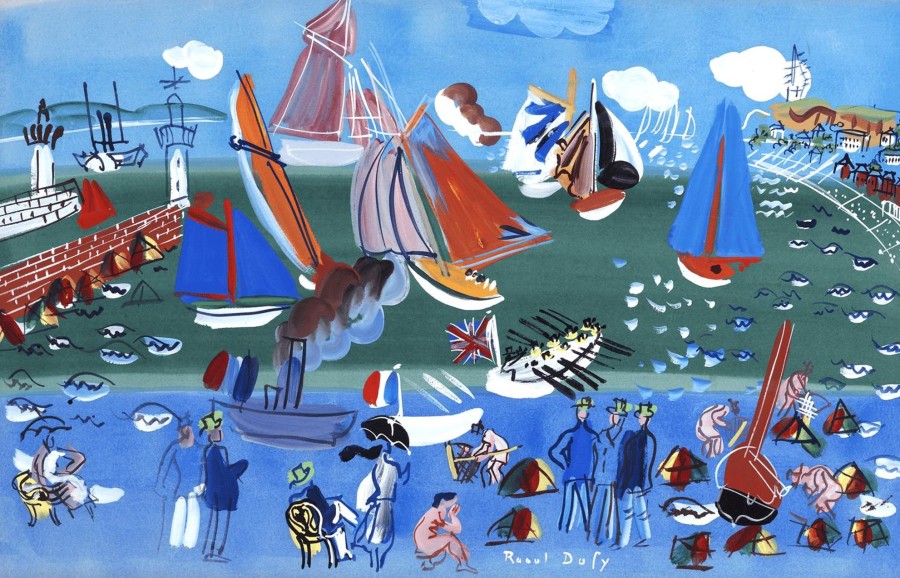
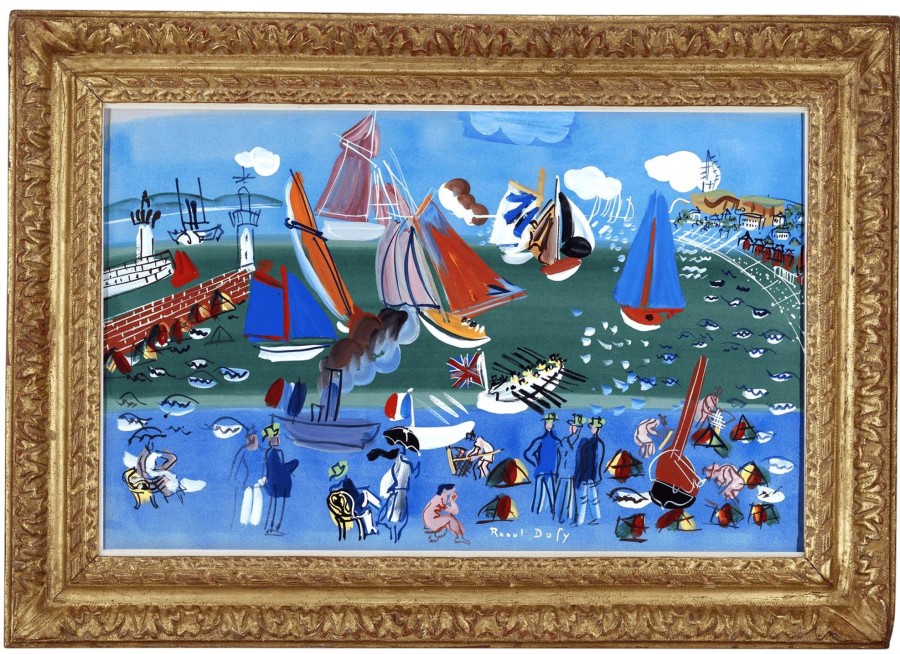
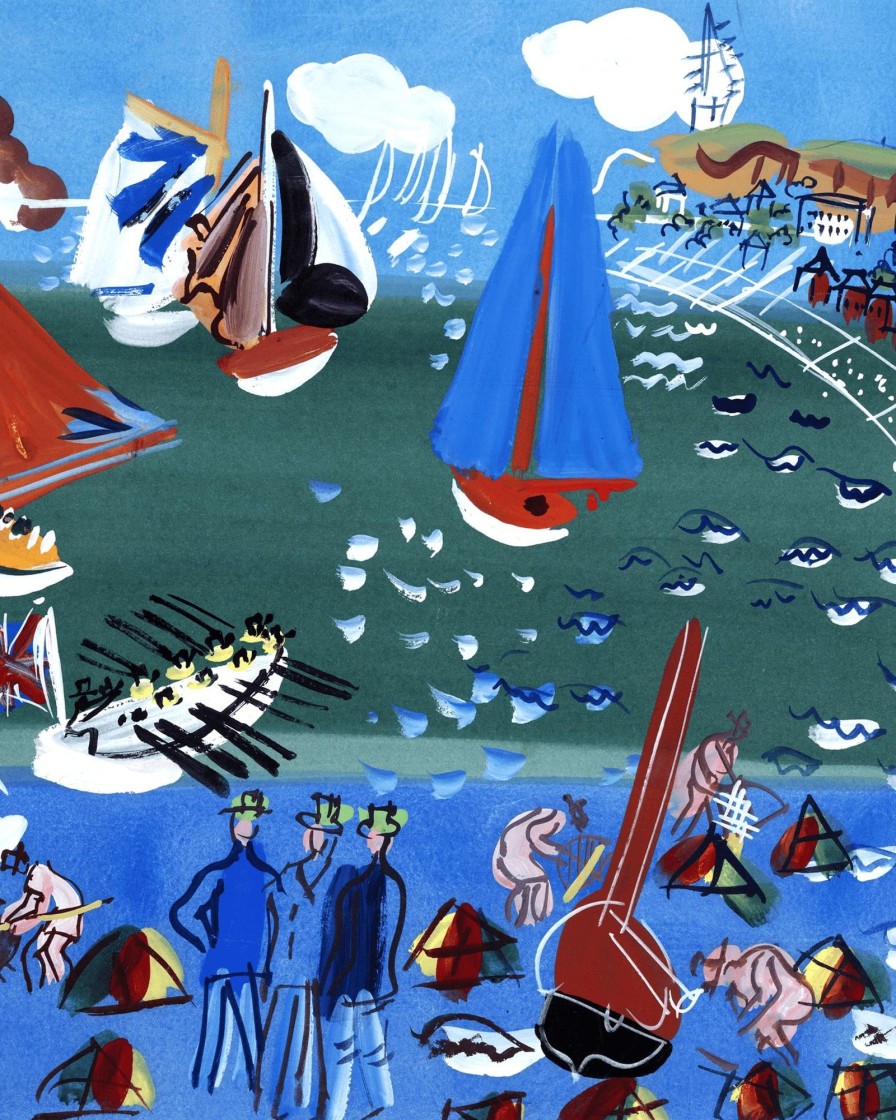

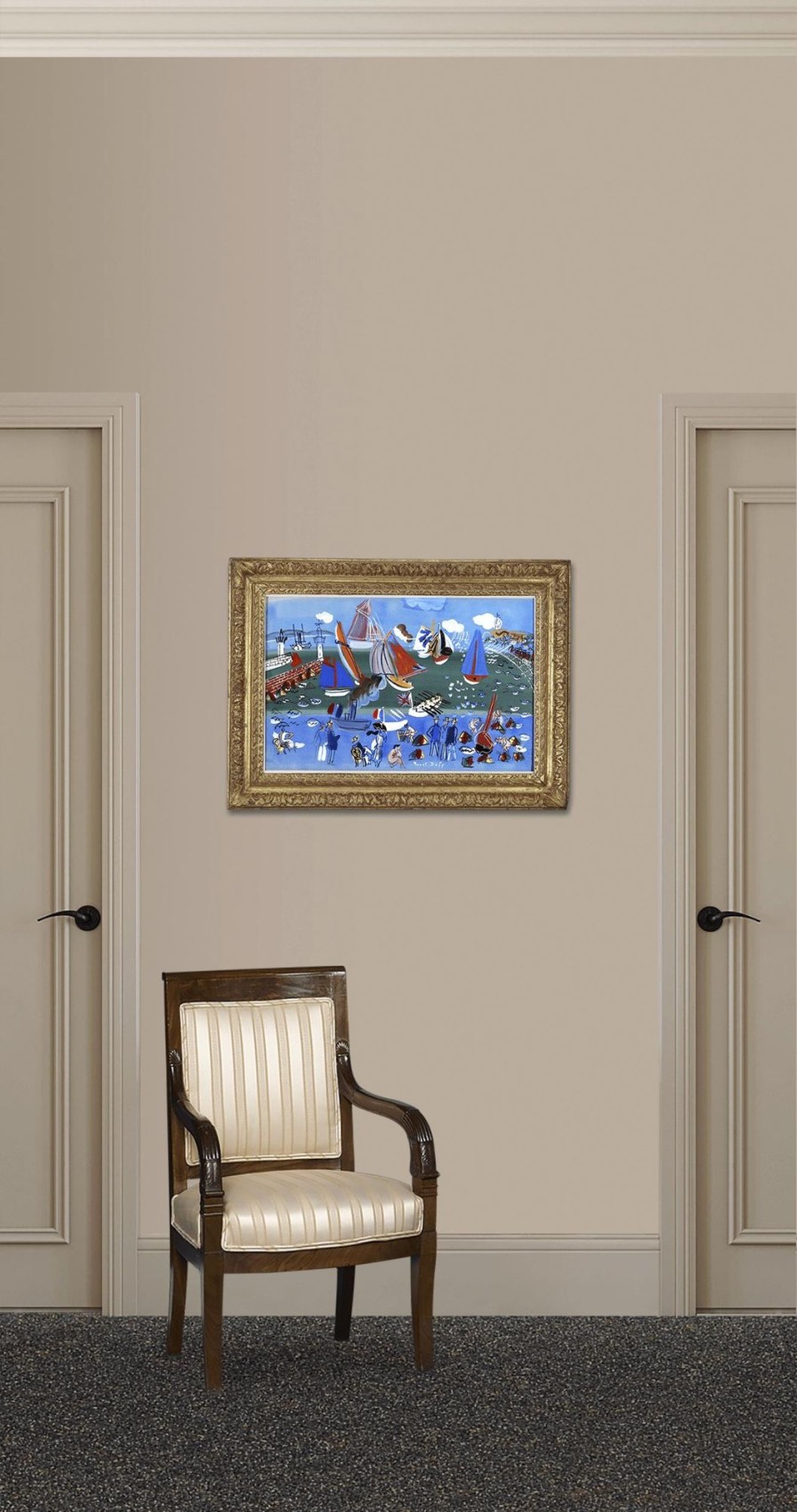
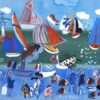
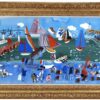
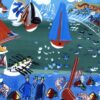
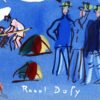
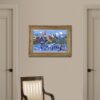
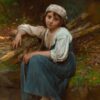
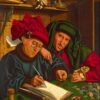
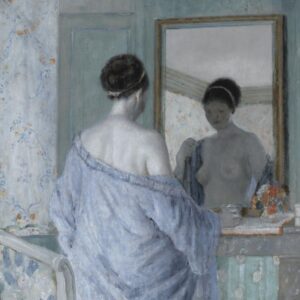
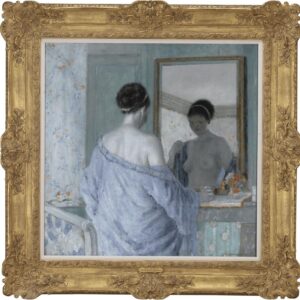
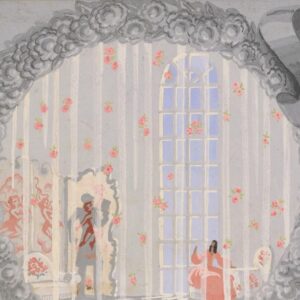

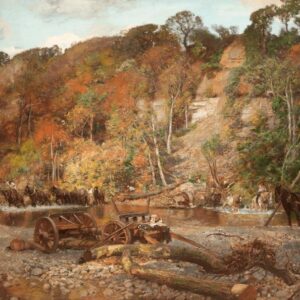

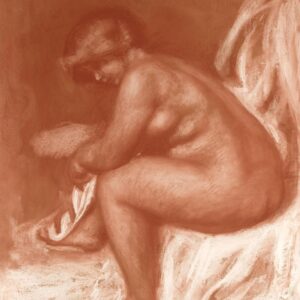
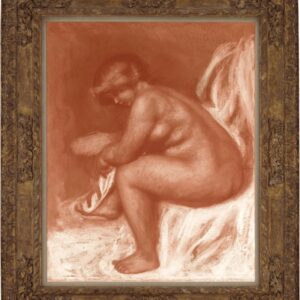

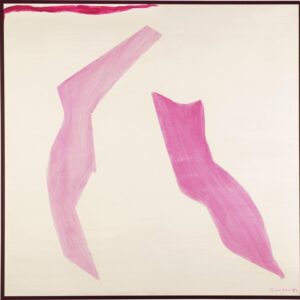
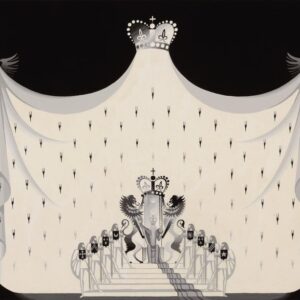


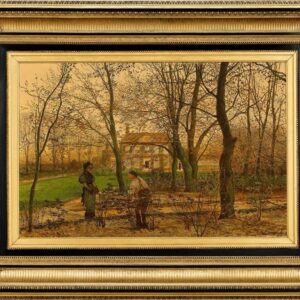

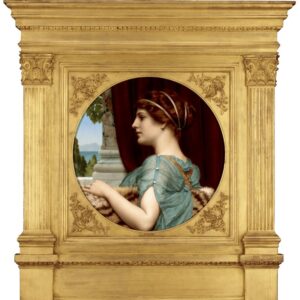
Reviews
There are no reviews yet.